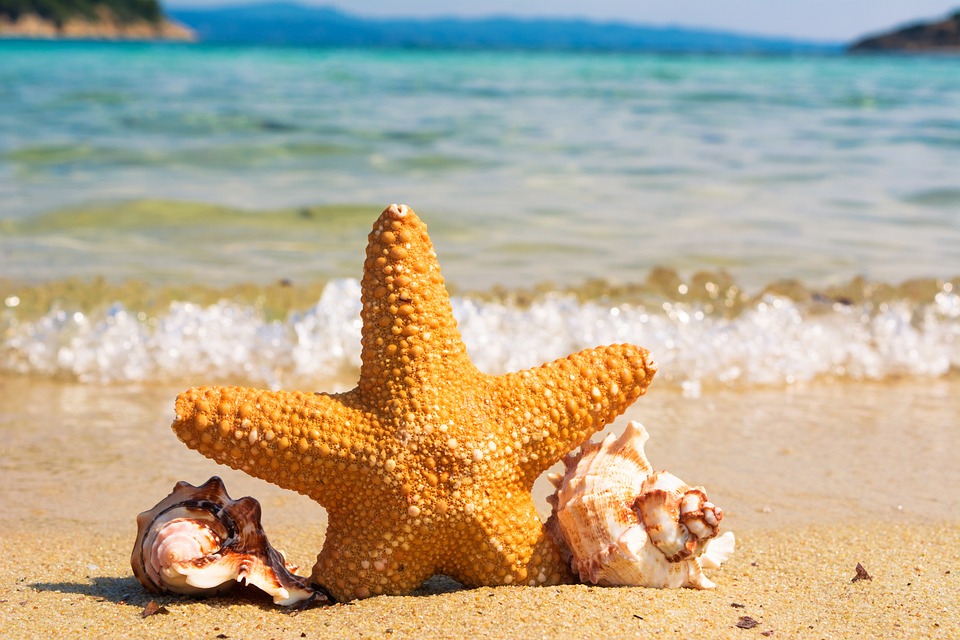Which States Are in the Desert Climate Zone?
A desert climate zone is characterized by arid conditions, low annual rainfall, and significant temperature fluctuations between day and night. These climates typically receive less than 10 inches (25 cm) of precipitation annually, leading to unique ecosystems that support specially adapted flora and fauna. Understanding where these climates exist in the U.S. is crucial for addressing water management issues, agriculture, and tourism.
What Defines a Desert Climate?
Low Precipitation:
– Deserts typically receive less than 10 inches (25 cm) of rainfall per year.
Temperature Extremes:
– Characterized by hot days and cool or cold nights.
Types of Deserts:
– Hot Deserts: Such as the Mojave and Sonoran.
– Cold Deserts: Like the Great Basin, which can experience cold winters.
States in the Desert Climate Zone
1. Arizona:
– Home to the Sonoran Desert and parts of the Mojave Desert.
– Experiences extremely hot summers, especially in cities like Phoenix and Tucson.
2. California:
– Contains the Mojave Desert and the Colorado Desert.
– Includes Death Valley, one of the hottest places on Earth.
3. Nevada:
– Features the Great Basin Desert (a cold desert) in the north and the Mojave Desert in the south.
– Characterized by dry conditions with hot summers and cooler winters.
4. New Mexico:
– Includes the Chihuahuan Desert in the southern part of the state.
– Generally warm temperatures, with cooler areas at higher altitudes.
5. Utah:
– The western part is dominated by the Great Basin Desert, featuring cold winters and hot summers.
– Also includes portions of the Colorado Plateau with desert-like conditions.
6. Texas:
– The western region is part of the Chihuahuan Desert, extending into Mexico.
– Known for hot temperatures and arid conditions.
Additional States with Desert-Like Conditions
– Colorado: The western portion has semi-arid conditions that resemble a desert climate.
– Oregon: Eastern Oregon features high desert areas with cold winters and dry summers.
– Idaho: Southern Idaho includes parts of the cold desert region of the Great Basin.
Impact of the Desert Climate on Daily Life
– Water Scarcity:
– States with desert climates often face significant challenges in water management due to low rainfall.
– Agriculture:
– Farming requires irrigation; however, some crops like cacti thrive in these conditions.
– Tourism and Recreation:
– Unique desert landscapes attract tourists for hiking, tours, and visits to national parks.
Flora and Fauna in Desert States
– Adaptation to Arid Conditions:
– Common plants include cacti and succulents, which are adapted to conserve water.
– Animals such as lizards, snakes, and desert foxes have evolved unique adaptations to survive extreme temperatures and water scarcity.
FAQs
– Which U.S. states have the most desert areas?
Arizona, Nevada, and California are known for their significant desert regions, including the Sonoran, Mojave, and Great Basin deserts.
– Are all desert climates hot?
No, some deserts like the Great Basin experience cold winters, classifying them as “cold deserts.”
– What is the hottest desert in the United States?
The Mojave Desert, particularly Death Valley, holds records for some of the hottest temperatures on Earth.
– Can people live in desert climate zones?
Yes, cities like Las Vegas, Phoenix, and Palm Springs thrive in these regions but require careful water management strategies.
Conclusion
The U.S. states that fall within the desert climate zone include Arizona, California, Nevada, New Mexico, Texas, Utah, along with parts of Colorado, Oregon, and Idaho exhibiting desert-like conditions. Recognizing these areas is vital for understanding their environmental significance, tourism potential, and challenges related to living in arid climates.

Kyle Whyte is a notable scholar and professor at the University of Michigan, holding positions such as the George Willis Pack Professor in the School for Environment and Sustainability and Professor of Philosophy. Specializing in environmental justice, his work critically examines climate policy and Indigenous peoples’ ethics, emphasizing the nexus between cooperative scientific endeavors and Indigenous justice. As an enrolled Citizen Potawatomi Nation member, he brings a vital perspective to his roles as a U.S. Science Envoy and member of the White House Environmental Justice Advisory Council. His influential research is supported by various prestigious organizations including the National Science Foundation, and disseminated through publications in high-impact journals. Kyle actively contributes to global Indigenous research methodologies and education, with affiliations to numerous institutes and societies dedicated to traditional knowledge and sustainability. Recognized for his academic and community engagement, Kyle has earned multiple awards and served in various visiting professorships. His efforts extend to leadership positions on boards and committees focused on environmental justice nationwide.
